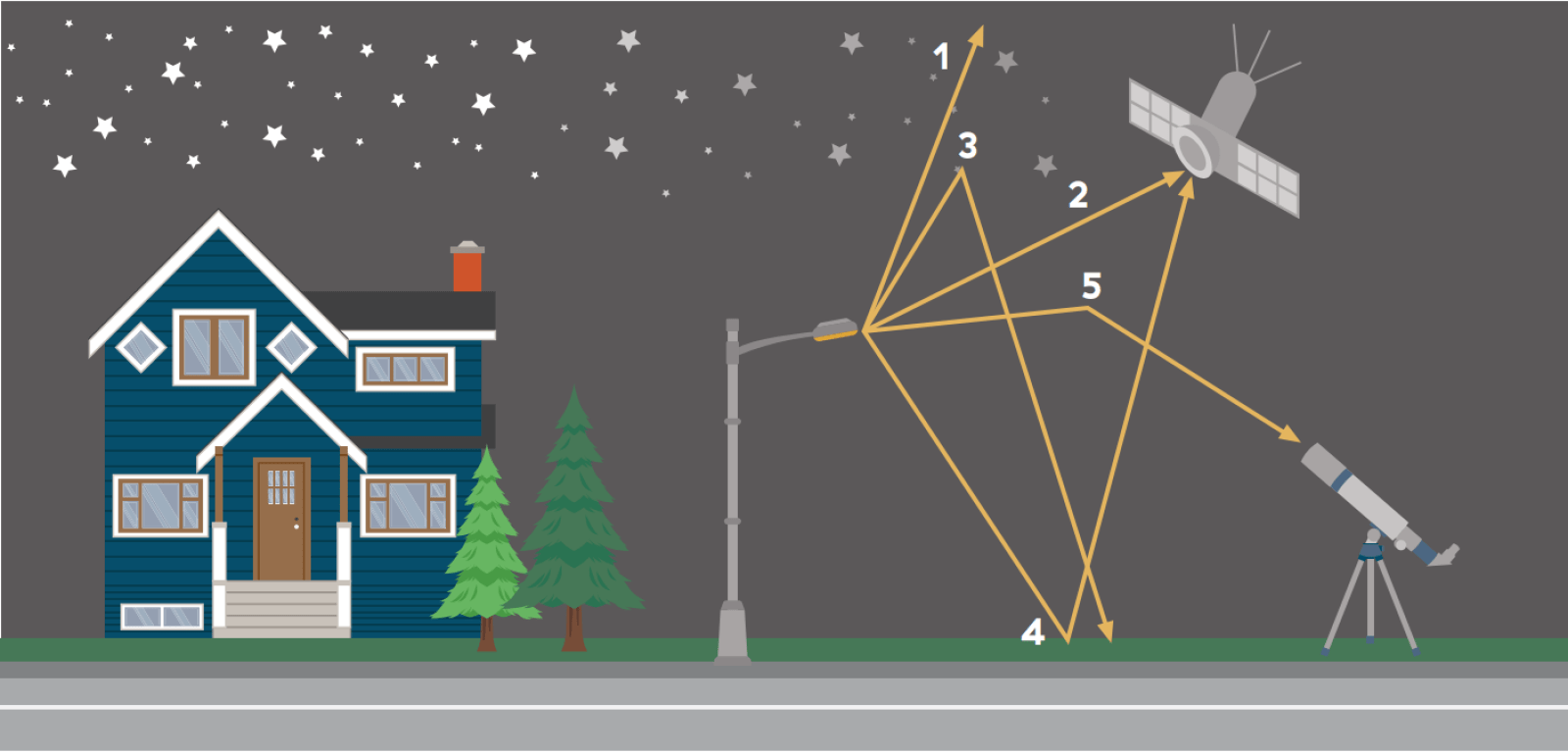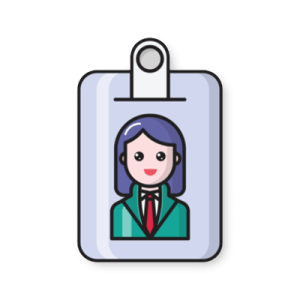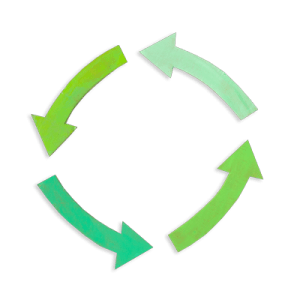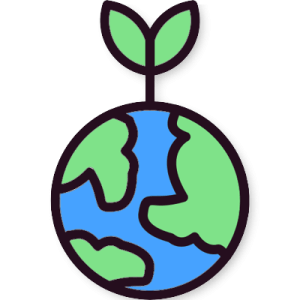Causes and effects of light pollution
Which effects of light pollution are the most important?

Overview
In this activity, students think about how misdirected light waves travel through space and affect living things. Throughout this discussion, students explore the important causes and effects of light pollution and the ways that living things might be affected by excess light at night.
Instructions
What you'll need
- Digital projector and screen
- Students electronic devices with access to internet
- "Light pollution 101" video
- "Light at night" image
- "Exploring the effects of light pollution on living things" handout
- "The important effects of light pollution" worksheet
- Provide each student with a copy of the activity sheet "The important effects of light pollution".
- Begin this activity by inviting your students to think about the three most important effects that light pollution has on living things. Although it may sound strange, too much light is a form of pollution, especially at night. This wasted light is costly and negatively affects humans, wildlife, plants, and entire ecosystems.
- Invite students to share their reasoning for why each effect is important. For example, students may suggest that lights at night can simulate moonlight and lead birds off their migratory paths. As students share their thinking, co-create or present the criteria for an important effect:
- Breadth: An important effect will impact many living creatures or different areas of life
- Depth: An important effect will have deep or meaningful impacts
- Duration: An important effect will be long-lasting
- Display or provide your students with copies of the image "Light at night" and briefly explain that this 2012 satellite image shows light rays traveling from earth through the atmosphere and into space.
- Together with your students, consider additional effects of light pollution by viewing the following short video, "Light pollution 101". Encourage your students to note any additional effects on their activity sheet as they view the watch the video.
- Arrange your students into groups of 3-4 and provide each group with a copy of the "Exploring the effects of light pollution on living things" handout. Ask groups to think of any additional effects of light pollution, and prompt them to note their ideas on the activity sheet. Remind them to use the criteria for an important effect to guide their thinking.
- Guide your students’ attention back to the decisions they made at the beginning of this lesson about the three most important effects of light pollution on living things: Has their thinking changed or stayed the same?
- Conclude the activity by inviting your students to suggest how addressing the causes and effects of light pollution could be connected to important concepts like conservation and sustainability.
Modify or extend this activity
- To learn more about the effects of light pollution, consider watching parts of the “Saving the dark” documentary.
- Groups could select a single type of light pollution for further inquiry.
Curriculum Fit
Science 8
Big idea
- Energy can be transferred as both a particle and a wave
Content
- Light: properties, behaviours and ways of sensing
Curricular competencies
Questioning and predicting
- Demonstrate a sustained intellectual curiosity about a scientific topic or problem of personal interest
Processing and analyzing data and information
- Seek patterns and connections in data from their own investigations and secondary sources
- Use scientific understandings to identify relationships and draw conclusions
Evaluating
- Demonstrate an understanding and appreciation of evidence (qualitative and quantitative)
- Consider social, ethical, and environmental implications of the findings from their own and others’ investigations
Applying and innovating
- Contribute to care for self, others, community, and world through personal or collaborative approaches
Communicating
- Communicate ideas, findings, and solutions to problems, using scientific language, representations, and digital technologies as appropriate
Assessments
Throughout the activity, consider how well students:
- Contribute to respectful group discussion
- Determine and provide reasoning for the three most important effects of light pollution on living things
Teaching Notes
This activity assumes you have a working knowledge of light pollution. To learn more about light pollution, please visit the following websites:
To learn more about the harmful effects of light pollution on living things, please visit the following websites:








